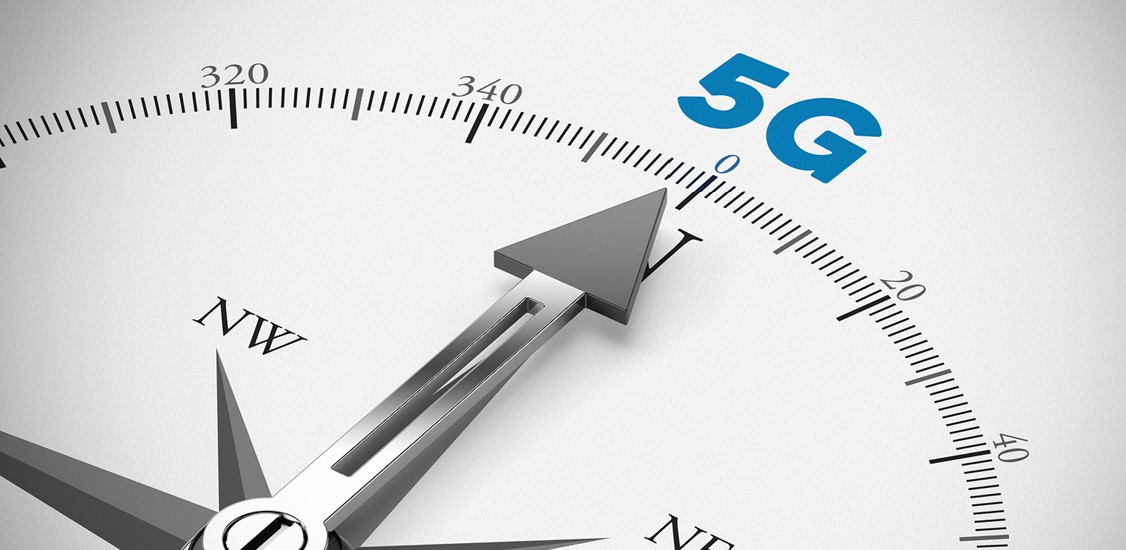What can we expect from the global telecoms industry in 2021?
The early days of 5G have been focused on delivering enhancements to consumer experience. All these improvements have been focused on improvements to network connectivity. 2021 will start to deliver the real excitement that 5G promises. We will start to see commercially live standalone 5G networks that will revolutionise enterprise 5G service delivery and enable lucrative new services and accelerate 5G network ROI for global service providers.
The emergence of standalone networks will herald the development and launch of network embedded services. These new offerings will create a 5G value plane that will bridge the business and IT functions in a service provider with the full capabilities of a 5G network.
#1: Many of the world’s leading service providers will start to commercialise stand-alone 5G networks in 2021
Leading service providers such as AT&T, Verizon, Vodafone UK, Telstra and SK Telecom have all launched SA 5G trials. We will see the first commercial launches of 5G SA in 2021. Analyst firm Omdia has forecast that that 28% of global service providers will have launched SA 5G by end of 2021. This is significant, as it means all the highly lucrative new use cases that will depend on 5G SA capabilities, like ultra-low latency communications, will start being supported.
#2: 2021 will see the first network embedded services being offered. These will be a game changer for service providers in terms of 5G monetisation and end mobile data commoditisation
3G and 4G networks provided improved connectivity and drove consumer and enterprise demand for additional bandwidth. Outside competition from so-called ‘over the top’ (OTT) service providers eroded the value of the mobile data that was shared over the infrastructure and it became a commodity in the eyes of the consumer. More GBs for less money became the marketing message for many service providers around the world. 5G and more specifically the introduction of SA 5G will change this in 2021.

Martin Morgan,
VP, Marketing,
Openet
Next year, service providers will start selling network embedded services, where the network is no longer just providing connectivity. It is a central part of the customers’ experience. Think gaming services with no lag or jitter, a home office offer where video calls don’t crash the minute someone uses the home broadband to watch Netflix. There’s been plenty of research carried out that show that consumers and enterprises alike will pay a premium for 5G services that come with a guaranteed quality of service (QoS). Consumers may not pay more for faster data, e.g. a premium on 5G over 4G. However they will pay for a specific service, e.g. 5G mobile cloud gaming. In this instance, service providers have an opportunity to create gaming service bundles in partnership with a gaming brand, e.g. Nintendo. It can then dedicate a 5G network slice to support this gaming service, guaranteeing a premium customer gaming experience with no jitter and no delay. The point is that without this 5G slice the offer would be best effort connectivity, which does not provide the guaranteed QoS that’s needed to deliver the experience the gamers expect. Gaming is just one example. There are many, many others, especially when you look at 5G enterprise use cases.
Network embedded services rely on the characteristics of the network, such as security or slicing to deliver specific, advanced capabilities. By making the 5G network attributes a fundamental part of a service then the service provider can form a host of new partnerships to more effectively monetise the 5G network and take a centre stage in providing far more than just connectivity.
#3: 2021 will see the emergence of a 5G Value Plane that will bridge a service provider’s 5G network with its supporting IT and business systems
With the roll-out of SA 5G, the emergence of network embedded services and the subsequent monetisation of the 5G network, there will be closer scrutiny on how service providers develop, manage and monetise 5G services. Clearly the network functions in 5G need to be very tightly integrated into BSS - after all, the network attributes are not just a means of delivering a service, but they are now part of the service. As such we’ll see the emergence of a 5G Value Plane that bridges IT & business functions and the 5G network. Central to this 5G Value Plane are 5G Policy (PCF) and Charging (CHF, CCS).
With 5G, policy is no longer just a network control mechanism. It is used to build and deliver 5G services. It’s like the brain of the network and is integrated with 5G charging so that different offers with different network characteristics (e.g. guaranteed QoS) will have different pricing and charging rules applied. 5G policy and charging functions in the Value Plane need to be integrated to service catalogs in existing BSS stacks and also to the 5G network, thus providing a bridge between business & IT, and the 5G network. This provides the agility needed for service providers to quickly develop, launch, manage and monetise new SA 5G offers. This will open new revenue streams, enable the development of new business models and dramatically improve the ability to monetise the 5G network.




















